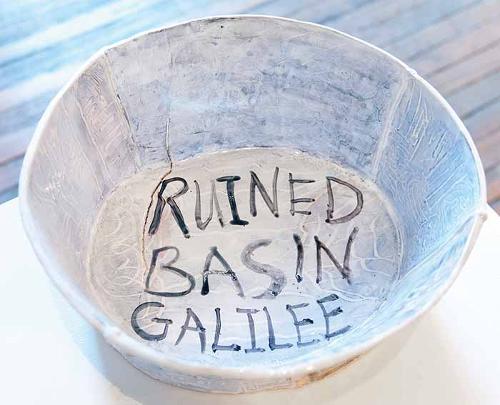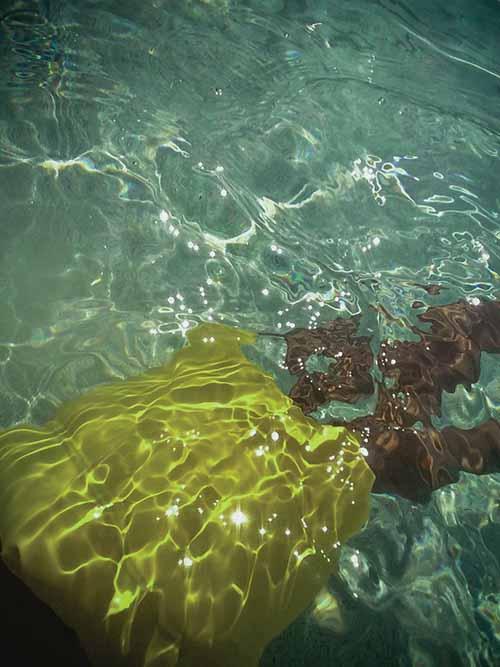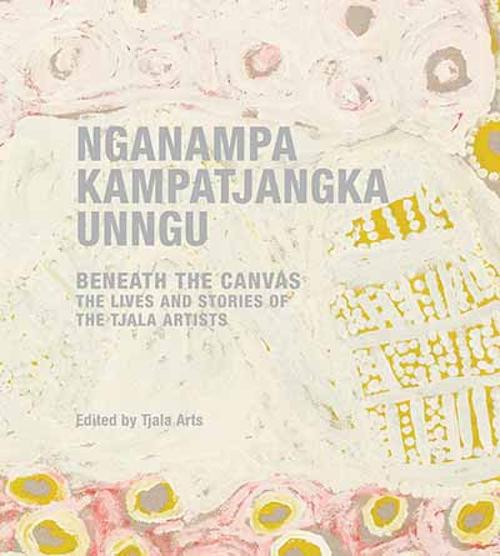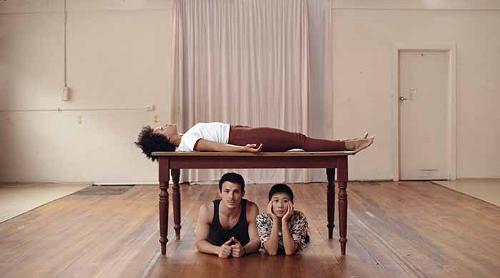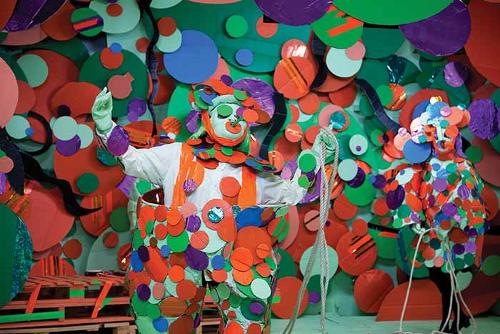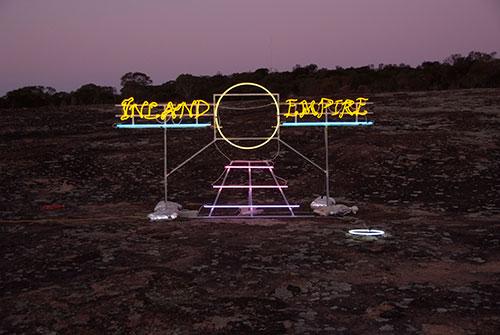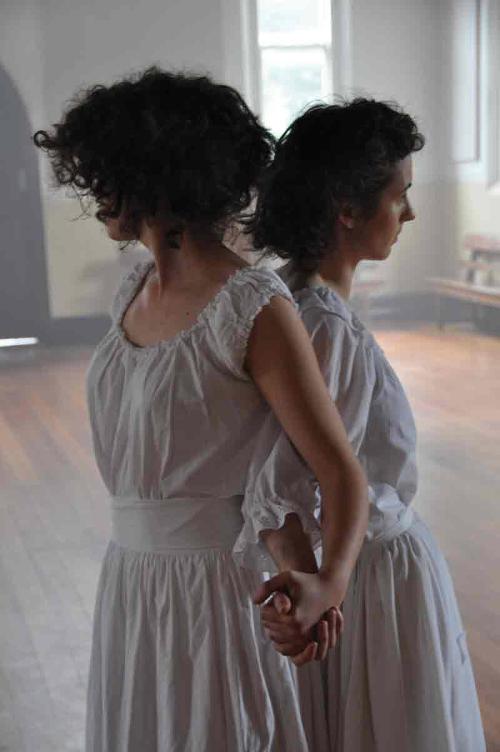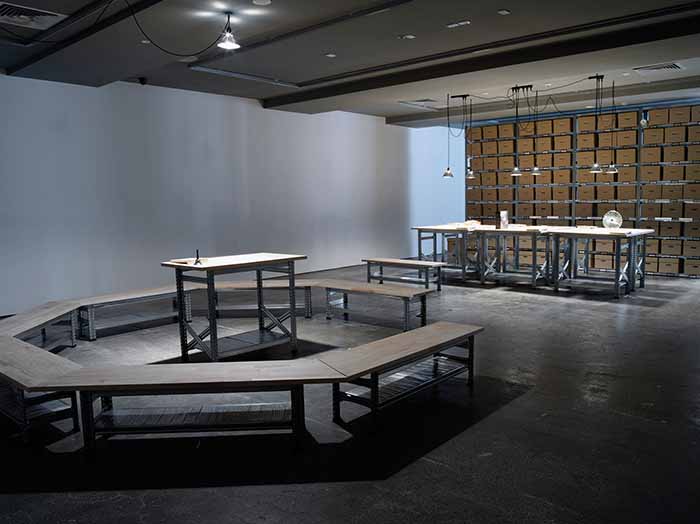
This year, Brisbane's Institute of Modern Art (IMA) celebrates their fortieth anniversary. The occasion has been marked with an ambitious "evolving“ exhibition Imaginary Accord, a year-long lecture series and weekend symposium entitled What Can Art Institutions Do? and will culminate in an online and print publication at the end of the year. The milestone has been a good opportunity for recently appointed executive directors and exhibition curators Aileen Burns and Johan Lundh to review the IMA’s original mission “to foster research and experimentation by Australian and international artists through exhibitions and publishing, and to educate the public about art’ and set a course for its future“.
Imaginary Accord was distinctly international with fifteen artists and groups from Europe, Australia, India, North America, and New Zealand contributing a total of eighteen works, eight of which were new commissions. The exhibition employed the curatorial strategy of changing artworks during the course of the exhibition in a way that was open to the public. Works were replaced or moved around the space as programs dictated. This Brechtian idea of “show that you are showing“ effectively intimated the openness of the institution. We can see how it is put together and comes apart, but more than this we understand that what is on display is temporary. We have a moment to think and judge before another artwork or program is in front of us to consider.
Perhaps the work that best demonstrated the ethos of Imaginary Accord was Céline Condorelli’s Study for Additionals (Structure for Public Speaking). Part sculpture and part working lectern, this metal structure was used as a stage - effectively framing the lectures in What Can Art Institutions Do? The work’s reflective red screen behind the lectern was positioned above the speaker’s head and angled in a way to expose the speakers from behind. The speakers at these events must have felt like accomplices to this institution’s program of self-critique.
Other notable thematics running through the exhibition were challenges to global capital and the ownership of immaterial ideas. Belgian artist group Agency’s ongoing work Assembly (Imaginary Accord) (1992–) presented a group of complex copyright conundrums as questions rather than facts. Goldin+Senneby’s Money will be like dross: A replica instruction for the August Nordenskiöld alchemy furnace is, as the title suggests, instructions for recreating an 18th-century alchemist kit. This work has a Trojan horse element as the alchemist Nordenskiöld harboured the secret intention of flooding the market with gold, thereby making it worthless.
At the end of the exhibition the question remains: “Can an art institution effectively critique itself?“ A finite answer is, of course, impossible, what is clear though is that art institutions like the IMA are open to exploring the possibilities of what art can do while committing to being open to scrutiny themselves. It is this open critical reflection on the past to inform a way to the future that is the program’s strongest attribute.

